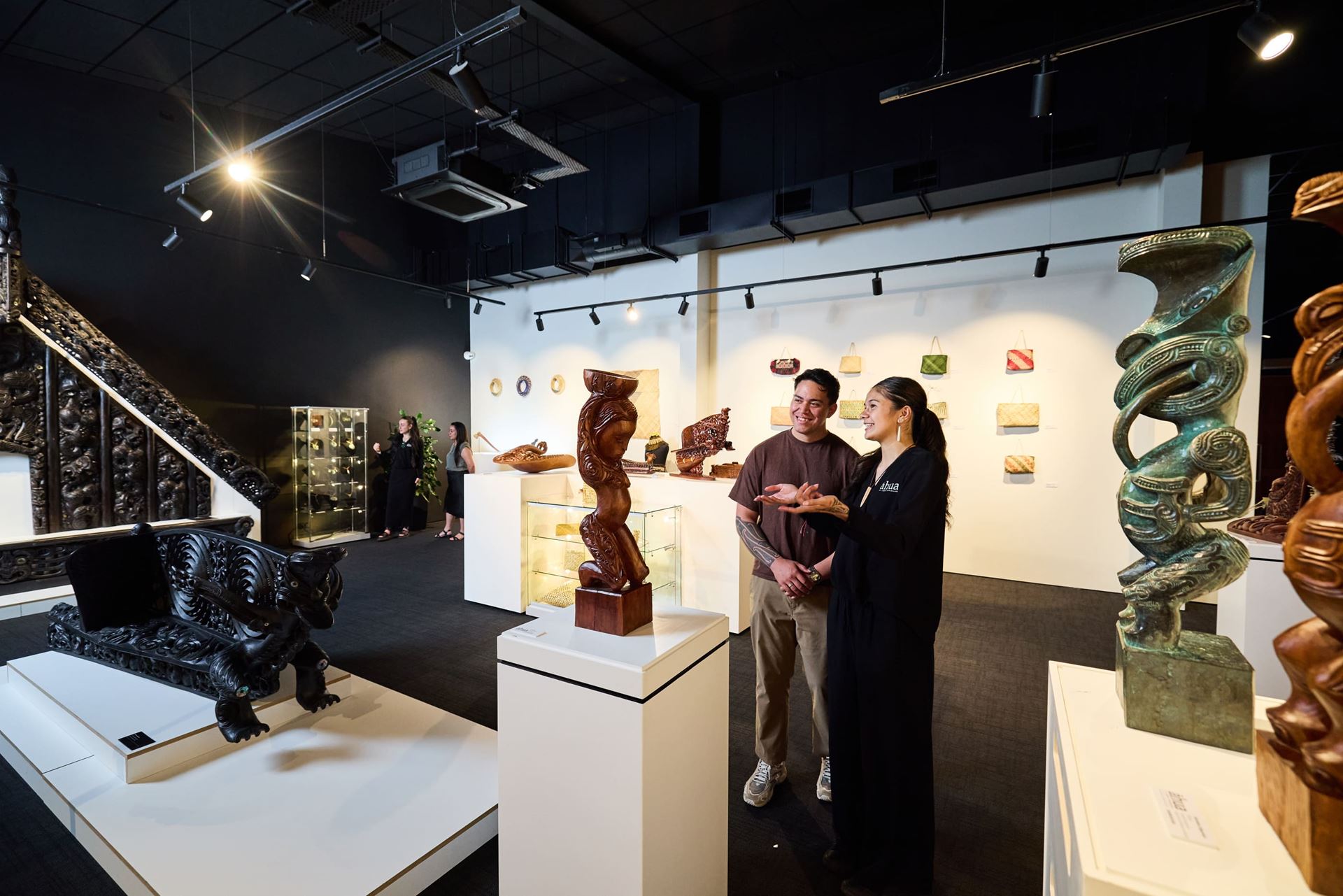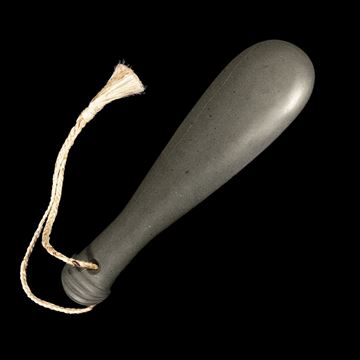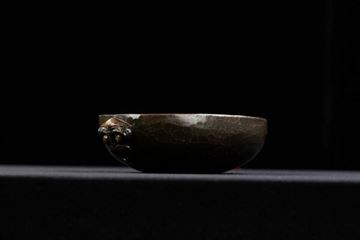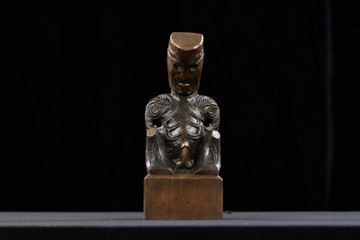
Āhua Gallery
Select Subcategory
Heru - 4958CF
Heru were produced in varying shapes and sizes and were made from rākau (wood) and in some instance’s parāoa (whalebone). These combs were highly valued as personal heirlooms and were consequently passed down from one generation to the next, often acquiring their own personal names.
The combs were mostly decorative and held the pūtikitiki (top knot) in place. When a comb was broken, it was placed in a swamp or a sacred place for safe keeping because the head was the most sacred part of the body and therefore tapu (sacred).
Material: Tōtara
Measurements: 230mm x 90mm x 4mm
$2,100.00
Patu Onewa - 6721PD
Patu (meaning to strike or hit) were typically fashioned from native hardwood, whalebone or stone, including our highly valued pounamu (greenstone). Patu were often sharp at their forward edge and were used with thrusting, jabbing and swinging blows.
Māori weapons are notable for their fine sculptural form and were designed for close hand-to-hand combat. No other stone-age war implements surpassed them in deadly effectiveness.
Material: Onewa (NZ Greywacke)
Measurements: 380mm x 100mm
$2,190.00
Tekoteko (ed. 1/1) - 2494FD
The tekoteko is a stylised representation of the main progenitor of a tribe and is the most focal point of the whare whakairo (carved tribal meeting house). They can be found – on traditional meeting houses – either at the highest point at the front apex of the roof or at the front central post. They can also be found at the base of the poutokomanawa (the main central ridge support post) of the house.
$2,420.00




